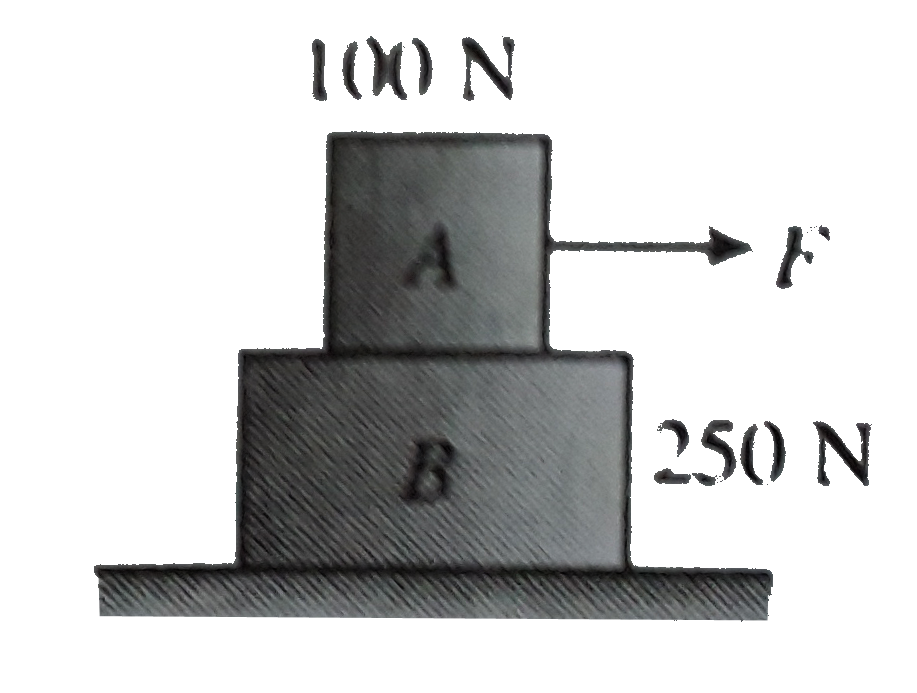The coefficient of static friction may be
less than 1
greater than 1
equal to 1
all
The correct Answer is:D
To determine the possible values of the coefficient of static friction (μs), we can analyze the properties of friction in relation to the forces acting on an object. Here’s a step-by-step solution:
Step 1: Understanding the Coefficient of Static Friction
The coefficient of static friction (μs) is a dimensionless value that represents the ratio of the maximum static frictional force (Fs) that can act between two surfaces before they start sliding against each other, to the normal force (N) acting on the object.
Step 2: Establishing the Relationship
The formula for static friction is given by:
Fs=μs⋅N
Where:
- Fs = static frictional force
- μs = coefficient of static friction
- N = normal force
Step 3: Analyzing the Normal Force
For an object resting on a horizontal surface, the normal force (N) is equal to the weight of the object, which can be expressed as:
N=mg
Where:
- m = mass of the object
- g = acceleration due to gravity
Step 4: Considering the Values of μs
1. Minimum Value: The coefficient of static friction cannot be negative, as it would imply a negative frictional force, which is not physically possible. Therefore, we conclude:
μs≥0
2. Maximum Value: The coefficient of static friction can take various values depending on the surfaces in contact. It can be:
- Less than 1 (for many common materials)
- Equal to 1 (for some rough surfaces)
- Greater than 1 (in cases where the surfaces have very high frictional properties)
Step 5: Conclusion
From the analysis, we can conclude that the coefficient of static friction (μs) can be:
- Greater than or equal to 0
- Less than, equal to, or greater than 1 depending on the materials in contact.
Thus, the possible values for the coefficient of static friction are:
μs≥0
Summary of Possible Values
- μs can be less than 1
- μs can be equal to 1
- μs can be greater than 1
The coefficient of static friction (μs) is a dimensionless value that represents the ratio of the maximum static frictional force (Fs) that can act between two surfaces before they start sliding against each other, to the normal force (N) acting on the object.
The formula for static friction is given by:
Fs=μs⋅N
Where:
- Fs = static frictional force
- μs = coefficient of static friction
- N = normal force
For an object resting on a horizontal surface, the normal force (N) is equal to the weight of the object, which can be expressed as:
N=mg
Where:
- m = mass of the object
- g = acceleration due to gravity
1. Minimum Value: The coefficient of static friction cannot be negative, as it would imply a negative frictional force, which is not physically possible. Therefore, we conclude:
μs≥0
- Less than 1 (for many common materials)
- Equal to 1 (for some rough surfaces)
- Greater than 1 (in cases where the surfaces have very high frictional properties)
From the analysis, we can conclude that the coefficient of static friction (μs) can be:
- Greater than or equal to 0
- Less than, equal to, or greater than 1 depending on the materials in contact.
μs≥0
- μs can be less than 1
- μs can be equal to 1
- μs can be greater than 1
Similar Questions
Knowledge Check
The coefficient of static friction between a box and a ramp is 0.5. The ramp's incline angle is 30∘. If the box is placed at rest on the ramp, the box will
Aaccelerate down the rampBaccelerate briefly down the ramp but then slow down and stopCmove with constant velocity down the rampDnot moveA block of mass m is at rest on an inclined plane. The coefficient of static friction is μ. The maximum angle of incline before the block begins to slide down is :
Atan−1(μ/m)Btan−1(μ)Ctan−1(μ/2)Dcos−1(μ)A block of mass 3 kg rests on a rough inclined plane making an angle of 30∘. With the horizontal. The coefficient of static friction between the block and the plane is 0.7. The frictional force on the block is
A9.8 NB0.7×9.8×√3 NC9.8×√3 ND0.7×9.8 N
A block of mass 2kg rests on a rough inclined plane making an angle of 30∘ with the horizontal. The coefficient of static friction between the block and the plane is 0.7. The frictional force on the block is
View SolutionA 60kg is pushed horizontaly with just enough force to start it moving across a floor and the same force continues to act afterwards. The coefficient of static friction and sliding friction are 0.5and 0.4 respectively the accleration of the body is
View SolutionA 60 kg body is pushed with just enough force to start it moving across a floor and the same force continues to act afterwards. The coefficient of static friction and sliding friction are 0.5 and 0.4 respectively. The acceleration of the body is
View SolutionA block of mass 1 kg lies on a horizontal surface in a truck. The coefficient of static friction between the block and the surface is 0.6. If the acceleration of the truck is 5m/s2, the frictional force acting on the block is…………newtons.
View SolutionA block rests on a rough inclined plane making an angle of 30∘ with the horizontal. The coefficient of static friction between the block and the plane is 0.8. If the frictional force on the block is 10N, the mass of the block (in kg) is
View Solution

